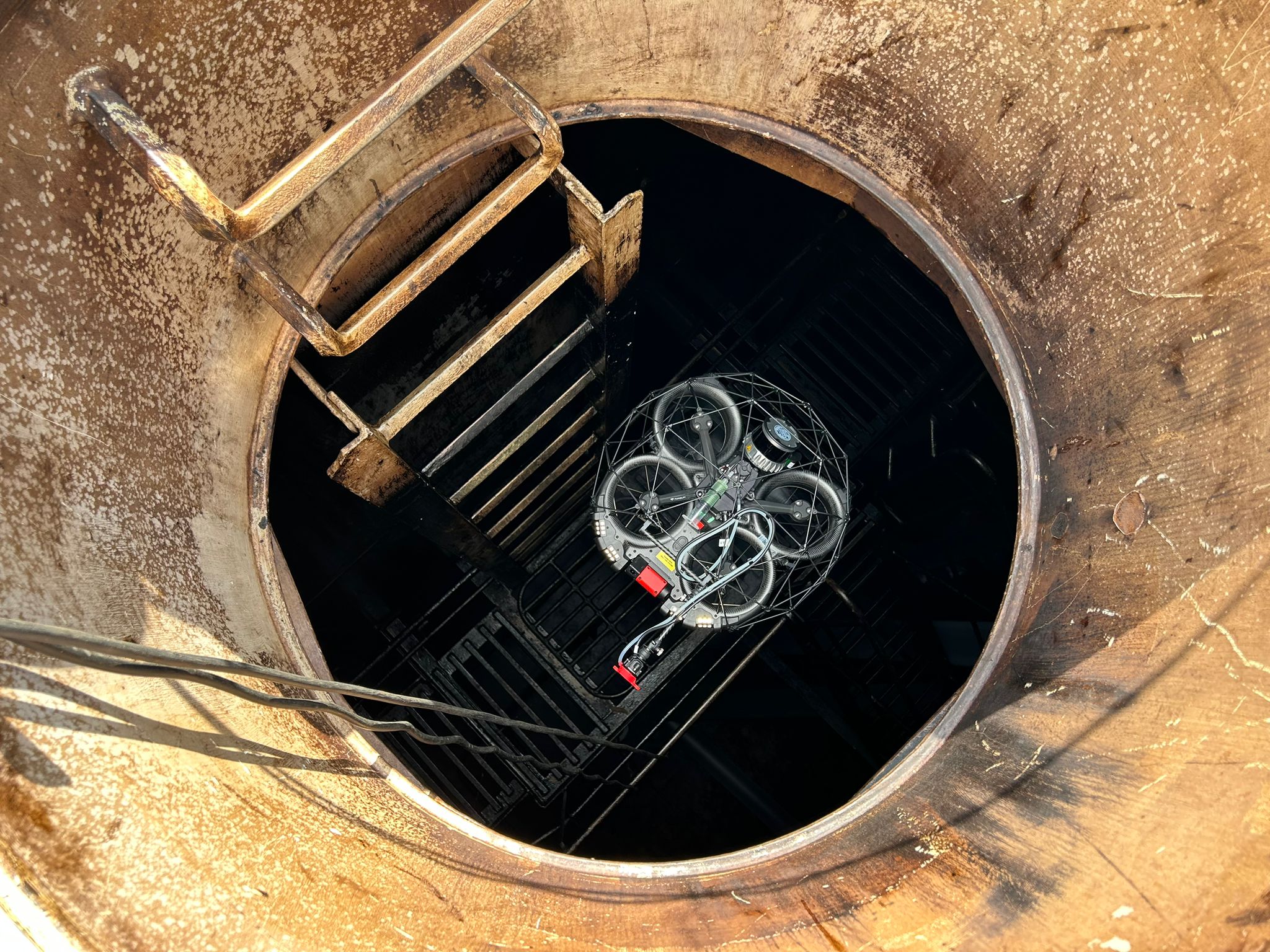Summary
Sea-going marine vessels face harsh operating conditions due to exposure to the ocean and the elements. To ensure a vessel’s seaworthiness and its ability to operate safely and efficiently, class inspections or surveys are conducted in accordance with the standards set by classification societies.
One critical inspection during these surveys is the wall thickness check, performed using ultrasound testing (UT) on the hull and tank walls. Traditionally, this inspection is done manually by an inspector with a portable UT thickness gauge. The inspector climbs scaffolding or uses rope access to reach elevated or inaccessible areas within the bulk or cargo holds. This process is time-consuming and requires working at height.

The Elios 3 drone, designed for stable flight in GPS-denied environments, is an ideal platform for conducting inspections in these confined vessel holds. With its new UT Module payload, the Elios 3 can now perform UT wall thickness measurements in the same challenging environments, eliminating the need for inspectors to work at height. This not only reduces costs and boosts productivity but also provides a safer alternative by removing the need for scaffolding, staging, or rope access.
During inspections, the Elios 3 generates 3D internal maps of the vessel hold from its onboard LiDAR module. Each UT thickness reading and its corresponding A-scan are recorded and tagged to the exact location on the 3D map, ensuring systematic documentation of the UT inspection.
The Elios 3 UTM also includes a cleaning module, allowing inspectors to prepare surfaces for UT readings. The Asset Management Software enables inspectors to merge 3D maps and UT readings from multiple inspection flights into a single, comprehensive 3D model of the vessel.

Benefits of Using the Elios 3 with the UT Module:
- Safety: Eliminates the need for working at height; the drone performs UT measurements while the operator remains on the ground.
- Speed: No scaffolding or rope access is required, speeding up the inspection process.
- Documentation: UT readings are automatically location-referenced on a 3D map.
- Ease of Deployment: The drone is easy to deploy in challenging environments.
- Repeatability: Inspections can be consistently repeated with high accuracy.
Q&A
Click edit button to change this text. Lorem ipsum dolor sit amet, consectetur adipiscing elit. Ut elit tellus, luctus nec ullamcorper mattis, pulvinar dapibus leo.
Click edit button to change this text. Lorem ipsum dolor sit amet, consectetur adipiscing elit. Ut elit tellus, luctus nec ullamcorper mattis, pulvinar dapibus leo.
Click edit button to change this text. Lorem ipsum dolor sit amet, consectetur adipiscing elit. Ut elit tellus, luctus nec ullamcorper mattis, pulvinar dapibus leo.
Click edit button to change this text. Lorem ipsum dolor sit amet, consectetur adipiscing elit. Ut elit tellus, luctus nec ullamcorper mattis, pulvinar dapibus leo.
Click edit button to change this text. Lorem ipsum dolor sit amet, consectetur adipiscing elit. Ut elit tellus, luctus nec ullamcorper mattis, pulvinar dapibus leo.


